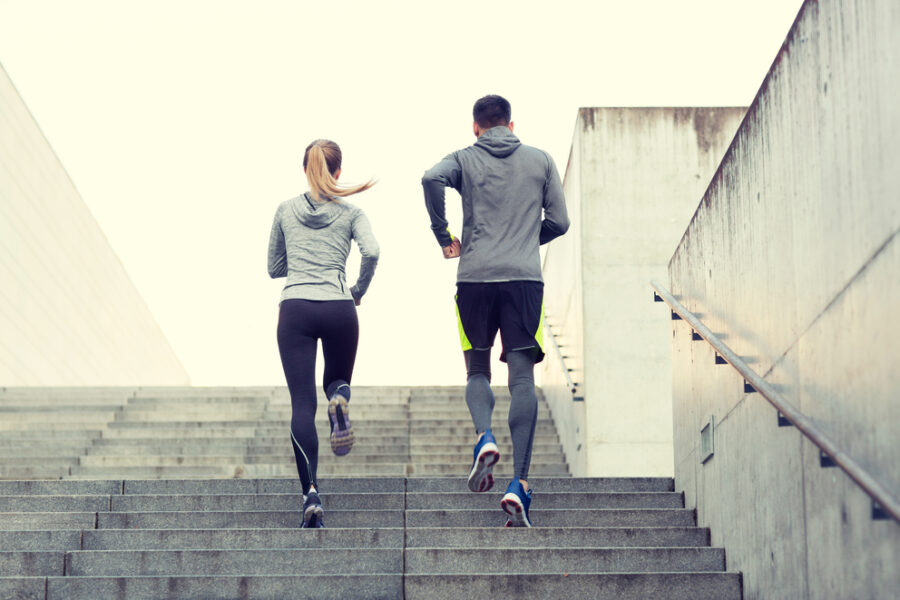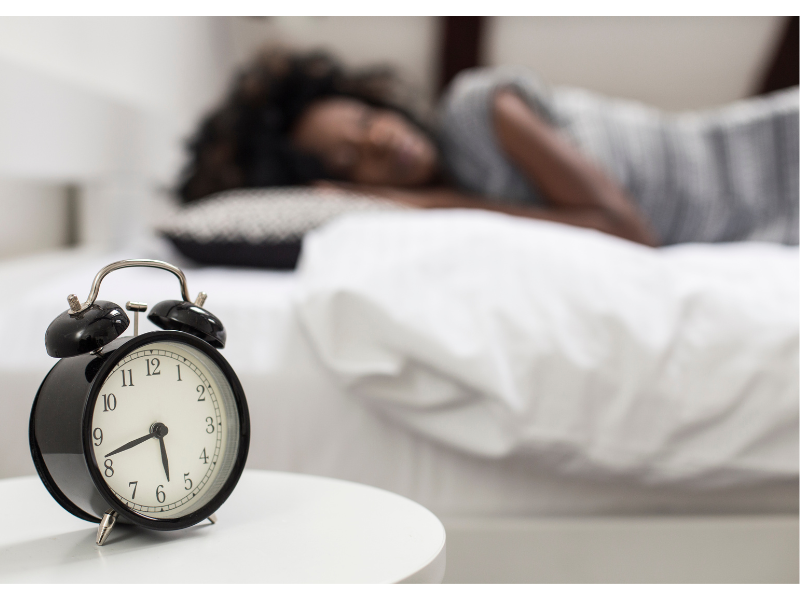Monthly Archives
December 2022
OUR LOCATIONS
Darien, CT
Darien@beLYMBR.com
203.875.0032
Newton, MA
Newton@beLYMBR.com
617.581.0684
UES, NY
UES@beLYMBR.com
929.229.4864
Greenwich, CT
Greenwich@beLYMBR.com
475.897.5355
Hamptons, NY
Hamptons@beLYMBR.com
Questions?
Text us 516.518.5087
Darien, CT
Darien@beLYMBR.com
203.875.0032
Newton, MA
Newton@beLYMBR.com
617.581.0684
UES, NY
UES@beLYMBR.com
929.229.4864
Greenwich, CT
Greenwich@beLYMBR.com
475.897.5355
Hamptons, NY
Hamptons@beLYMBR.com
Questions?
Text us 516.518.5087
OUR LOCATIONS
Darien, CT
Darien@beLYMBR.com
203.875.0032
Newton, MA
Newton@beLYMBR.com
617.581.0684
UES, NY
UES@beLYMBR.com
929.229.4864
Greenwich, CT
Greenwich@beLYMBR.com
475.897.5355
Hamptons, NY
Hamptons@beLYMBR.com
Questions?
Text us 516.518.5087
©2023 LYMBR. All rights reserved. | Privacy Policy


